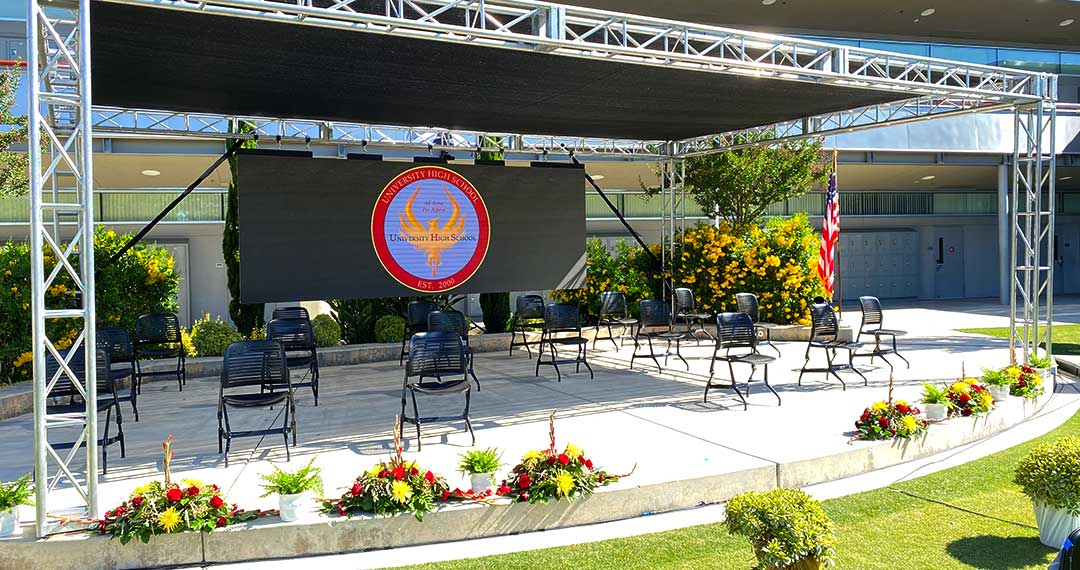Mastering Color Precision in LED Display Calibration for Breathtaking Graphic Presentations
Color accuracy is essential for creating stunning graphic presentations, especially when employing LED walls. These large displays are commonly found in places like music venues, athletic arenas, and promotional billboards. When the hues on an LED screen are not correct, the visuals can look flat or distorted, which can affect the overall experience for viewers. Therefore, mastering color accuracy in LED screen tuning is vital for attaining lively and true-to-life visuals.The first step in ensuring color accuracy is understanding how LED technology works. LEDs, or light-emitting diodes, generate light in multiple shades by mixing red, green, and blue (RGB) light. Each dot on an LED screen is made up of these three hues. When tuned correctly, the combination of RGB can create a wide range of colors. However, if one color is too bright or too dim, it can distort the whole screen. This is why tuning is needed to balance the colors and achieve the desired visual result.
Tuning entails modifying the configurations of the LED wall to ensure that the hues displayed correspond the original content as closely as possible. This procedure typically click here for more info includes using specialized software and hardware instruments. Technicians often use color assessment devices, such as color meters, to analyze the hues being displayed. By contrasting the measured colors to standard color values, they can make exact adjustments. This guarantees that the colors are not only lively but also consistent across the whole display.
Another important factor of color accuracy is comprehending the surroundings in which the LED screen is used. Elements such as ambient light can considerably impact how hues appear. For instance, a well-lit illuminated room may wash out hues, making them look less lively. To counteract this, technicians may modify the luminosity and differentiation settings of the LED wall. Additionally, they may choose specific color settings that are more appropriate for different lighting conditions. This adaptability helps maintain color accuracy irrespective of the viewing surroundings.

Finally, regular maintenance and re-tuning are crucial for keeping an LED wall looking its finest. Over time, the performance of LEDs can change due to elements like degradation and temperature fluctuations. Frequent inspections and adjustments can help ensure that the hues stay accurate and lively. By committing time in proper tuning and maintenance, venues can offer viewers with breathtaking visual displays that improve their total experience. Mastering color precision in LED screen calibration is not just a mechanical job; it is an art that contributes to the magic of graphic narration.